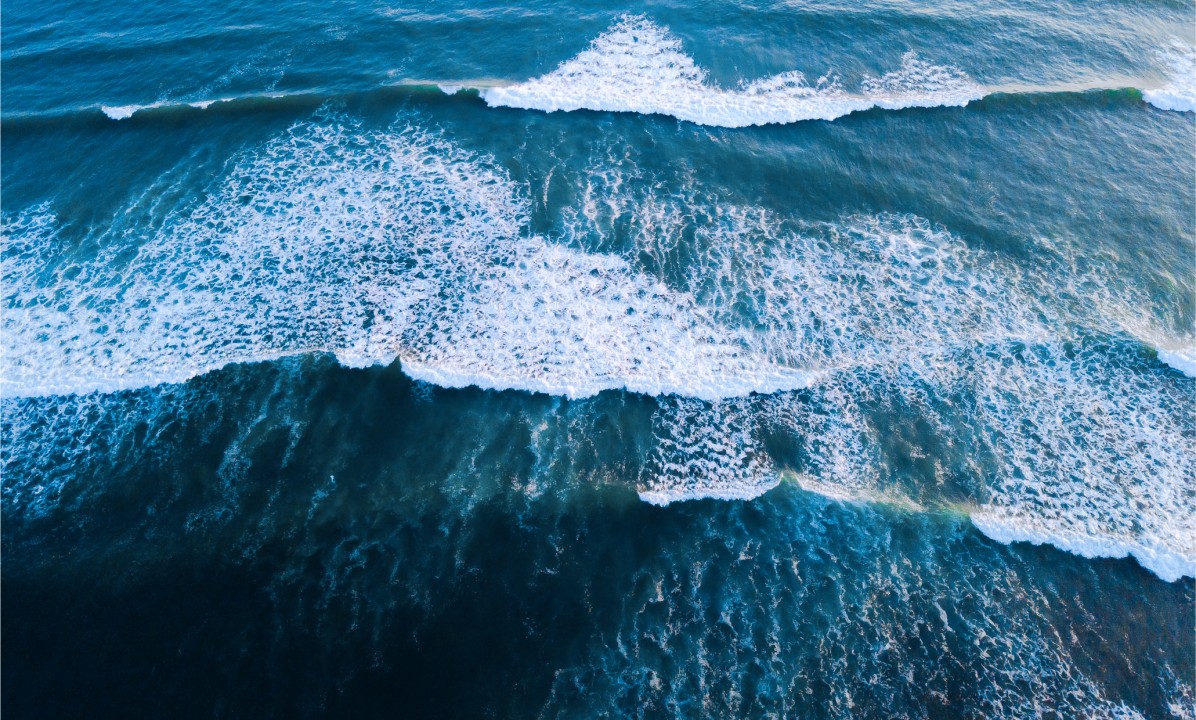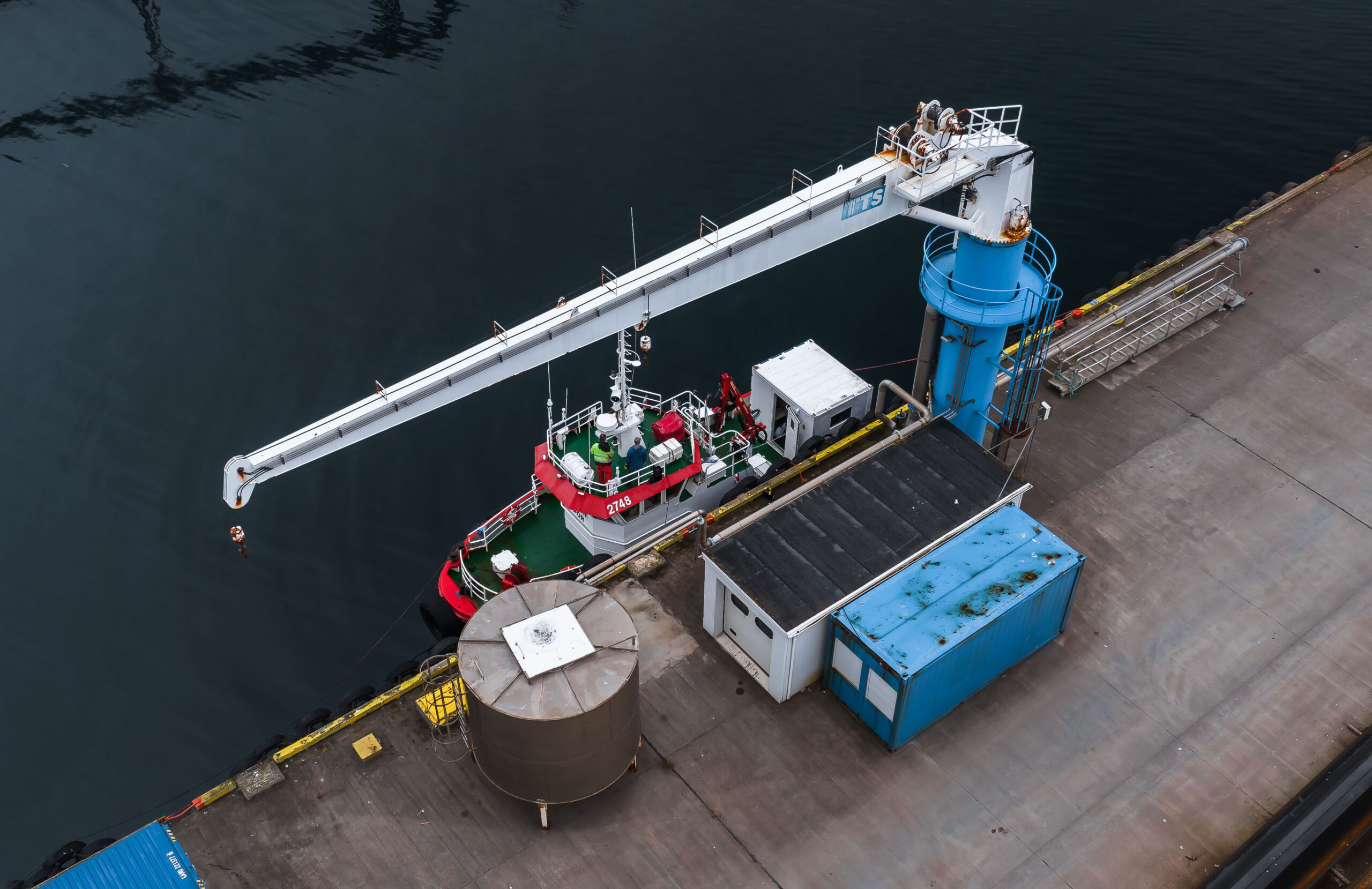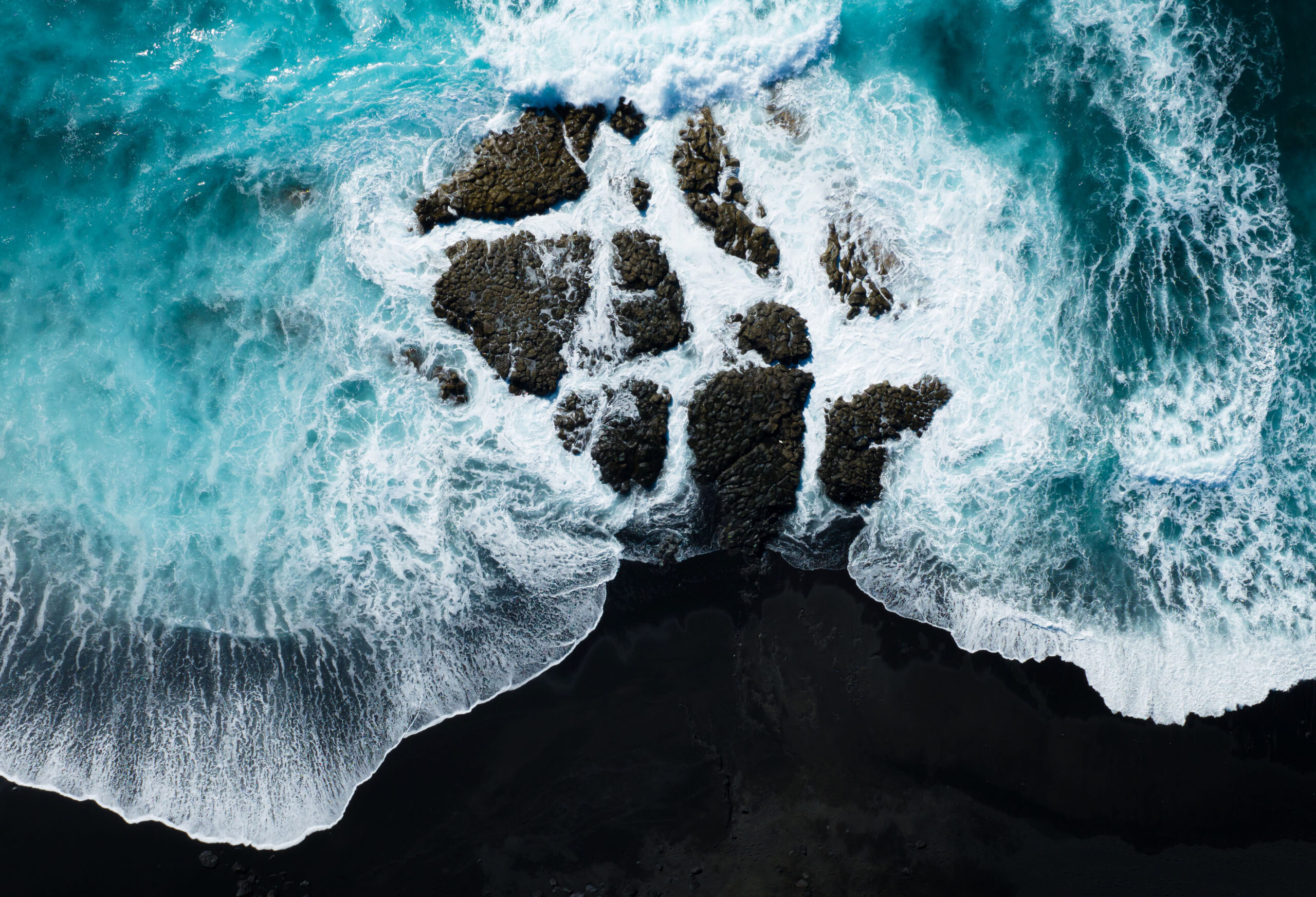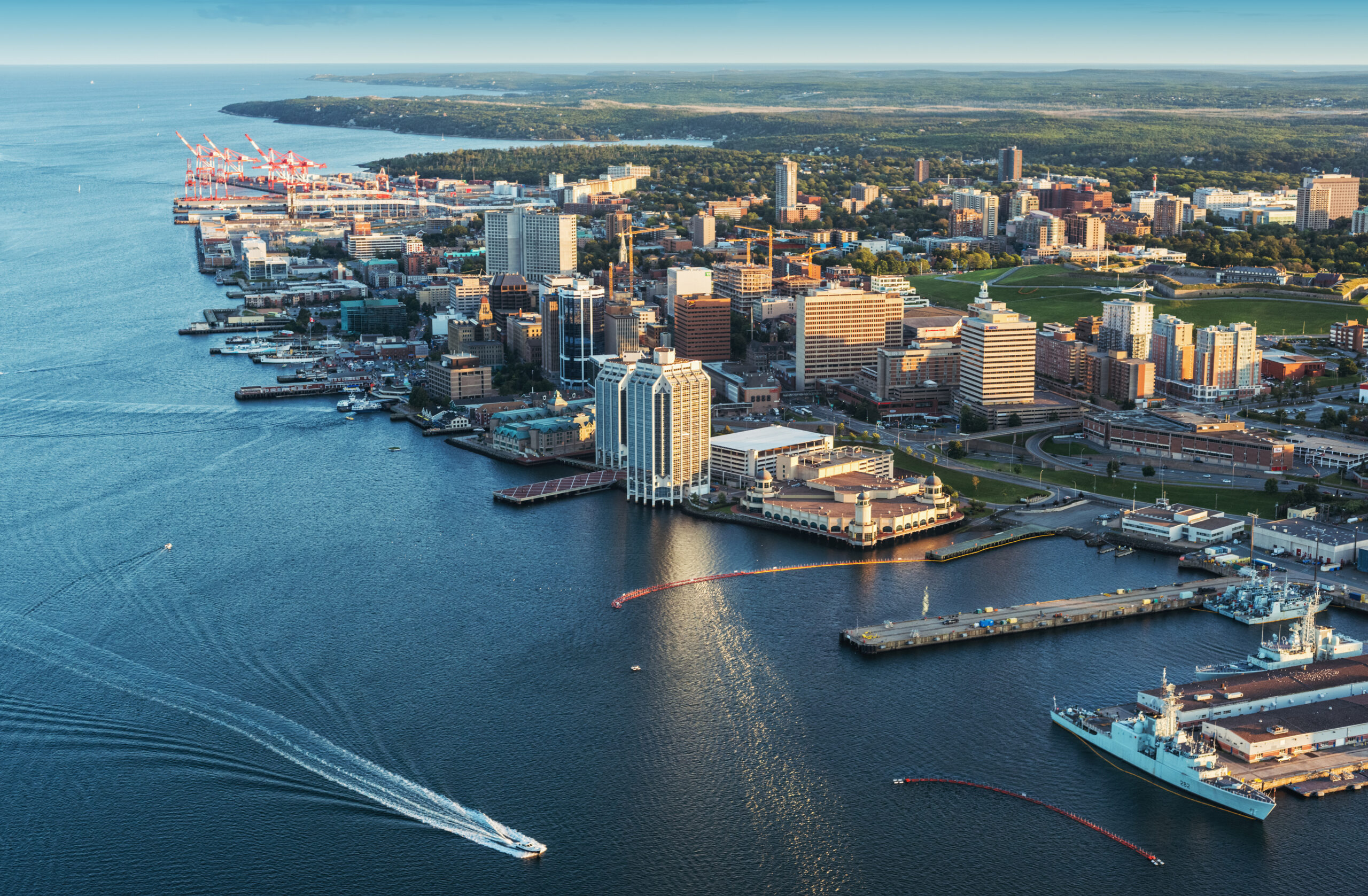In the last few months, we’ve seen a flurry of activity in the ocean-based carbon dioxide removal (CDR) space that’s a sign of growing recognition, promise, and interest in the field. As a relatively new organization focused on advancing the research and development of ocean alkalinity enhancement (OAE) in a rigorous, transparent way, we’re encouraged by a few developments:
1. New Public Investments:
There have been several important funding announcements that will help build a strong ocean-based CDR sector: (1) The US Department of Energy recently allocated $35 million to advance CDR technologies through the CDR Purchase Pilot Prize and awarded $36 million in grants to develop methods and technology to measure, report, and validate ocean-based CDR. (2) The NOAA Ocean Acidification Program announced $24.3 million in funding under the National Oceanographic Partnership Program (NOPP) to advance ocean-based CDR research.
- Why does this matter? The recent U.S. Government investments are among the largest public research investments. In order for ocean-based CDR to deliver trusted and verifiable carbon dioxide removal and storage, we need a lot more public sector investment – but not just any investment. We need investments like these that facilitate the growth of a responsible and rigorous sector. By bringing together academia, the private sector, and public sector expertise they demonstrate the government’s role in supporting both R&D as well as stimulating demand for CDR.
2. Serious Thinking on Roles and Responsibilities:
In just the last few months, we saw several dozen CEOs, research institutions and other stakeholders sign onto the Reykjavik Protocol, a broad statement of principles on the standards of conduct for science, environmental assessment, community engagement, and more. And then, the Aspen Institute released a Code of Conduct for Marine Carbon Dioxide Removal Research, another thoughtful attempt to provide a roadmap for responsible development of the ocean-based CDR field.
- Why does this matter? We want to see folks engage in a race to the top. In any new field, it’s important to set initial standards and create systems that allow for those standards to be evaluated and improved upon over time. If the ocean-based CDR field sets a high bar early on, it can build systems to meet and exceed those expectations. These are encouraging signs, but now it’s time for the sector to follow through which will build trust with policymakers, regulators, and the public.
3. Exciting, Science-Led Field Trials:
Multiple Carbon to Sea grantees have begun field trials, including the Woods Hole Oceanographic Institution, which conducted a field experiment in August. And this Fall in Halifax, Nova Scotia a consortium of research institutions led by Dalhousie University collaborated with Planetary Technologies on a series of field trials as part of their effort to verify OAE’s ability to reduce atmospheric CO₂. These trials are important steps forward as the field continues to research the efficacy of ocean-based CDR pathways.
Hear from Dr. Katja Fennel , the lead researcher at Dalhousie, about how one of the trials worked: click here.
- Why does this matter? If ocean-based CDR is going to be successful, we’re going to need collaborations that bring top scientists together with innovative companies to responsibly accelerate research. We’re going to see more field trials like this in the months and years ahead – and hopefully more researchers will join the effort. In September, over 200 top scientists signed an open letter organized by Ocean Visions highlighting their commitment to advancing and prioritizing ocean-based CDR.
What’s next? Our Director of Policy, Diane Hoskins , will be at COP28 UAE hosting a panel titled “Highlighting Global Leadership to Catalyze Ocean-Based Climate Solutions” on December 10th at 12:30 PM at the Ocean Pavillion, featuring remarks from U.S. Senator Ben Cardin, Gabby Kitch, PhD from NOAA, Romany Webb from the Sabin Center for Climate Change Law , Frances M. W. from the Quadrature Climate Foundation, and Frances Simpson-Allen from Ebb Carbon .
We encourage you to reach out to Diane if you’ll be on the ground at COP! We’re excited to be part of the momentum and growth of the ocean-based CDR field.



